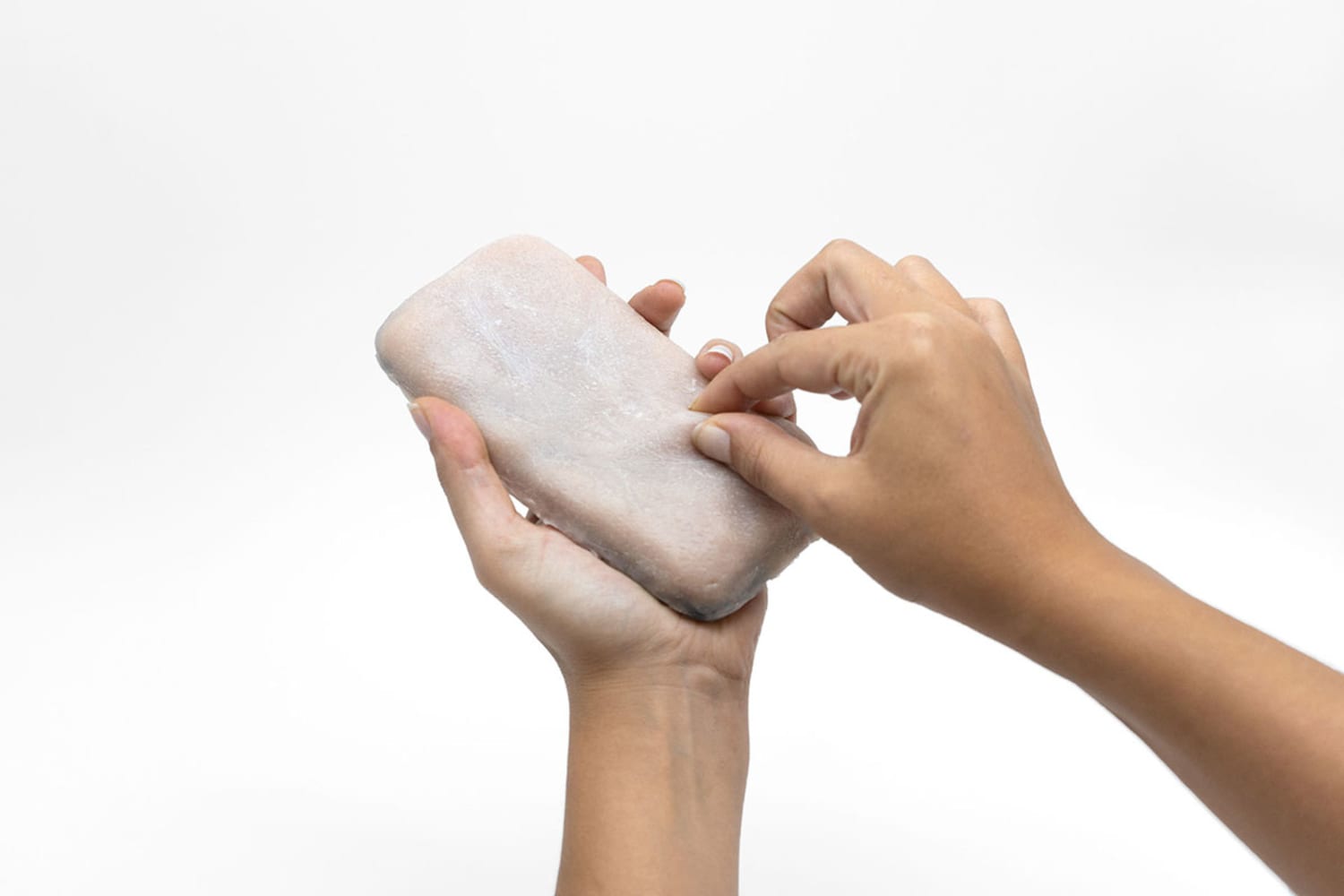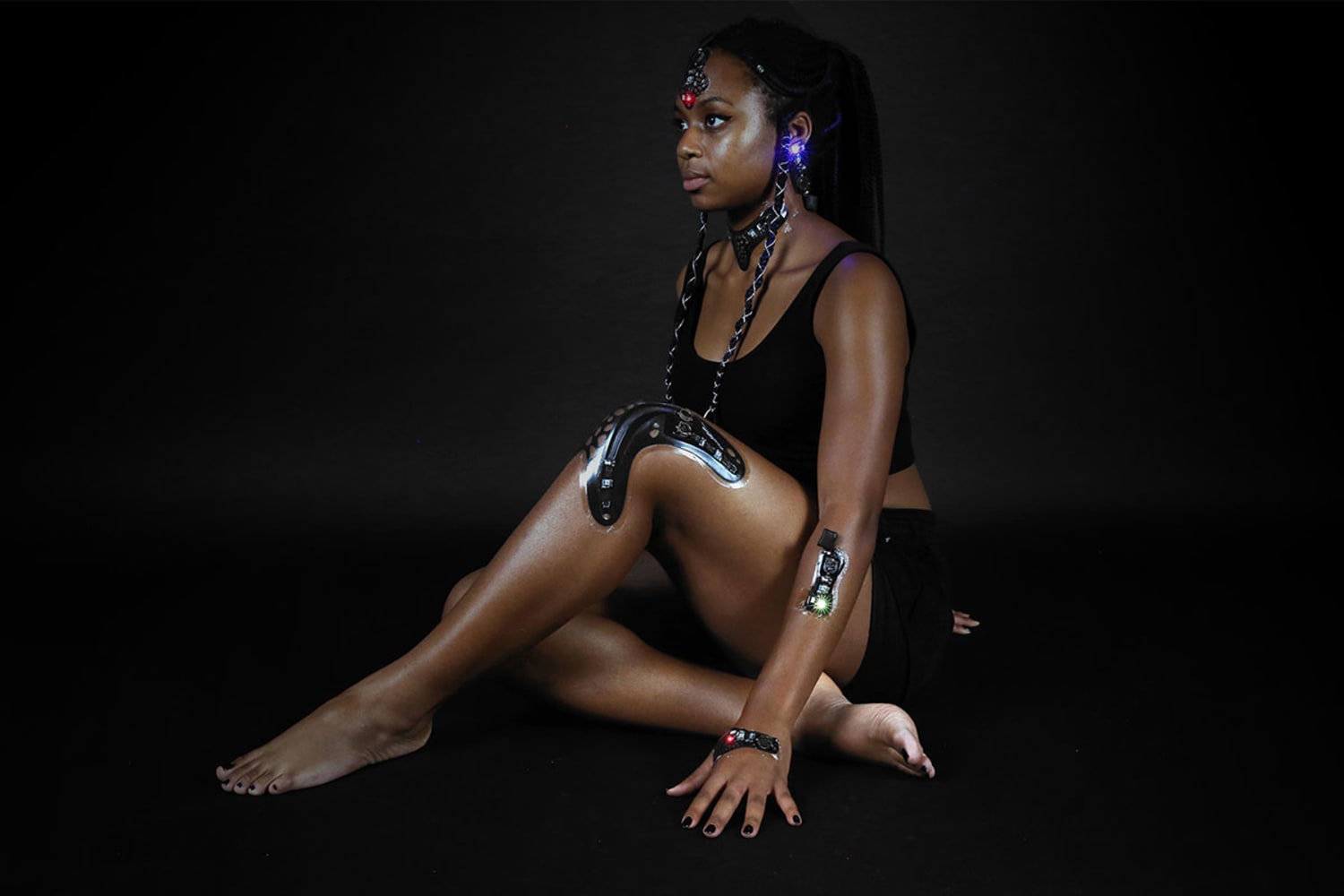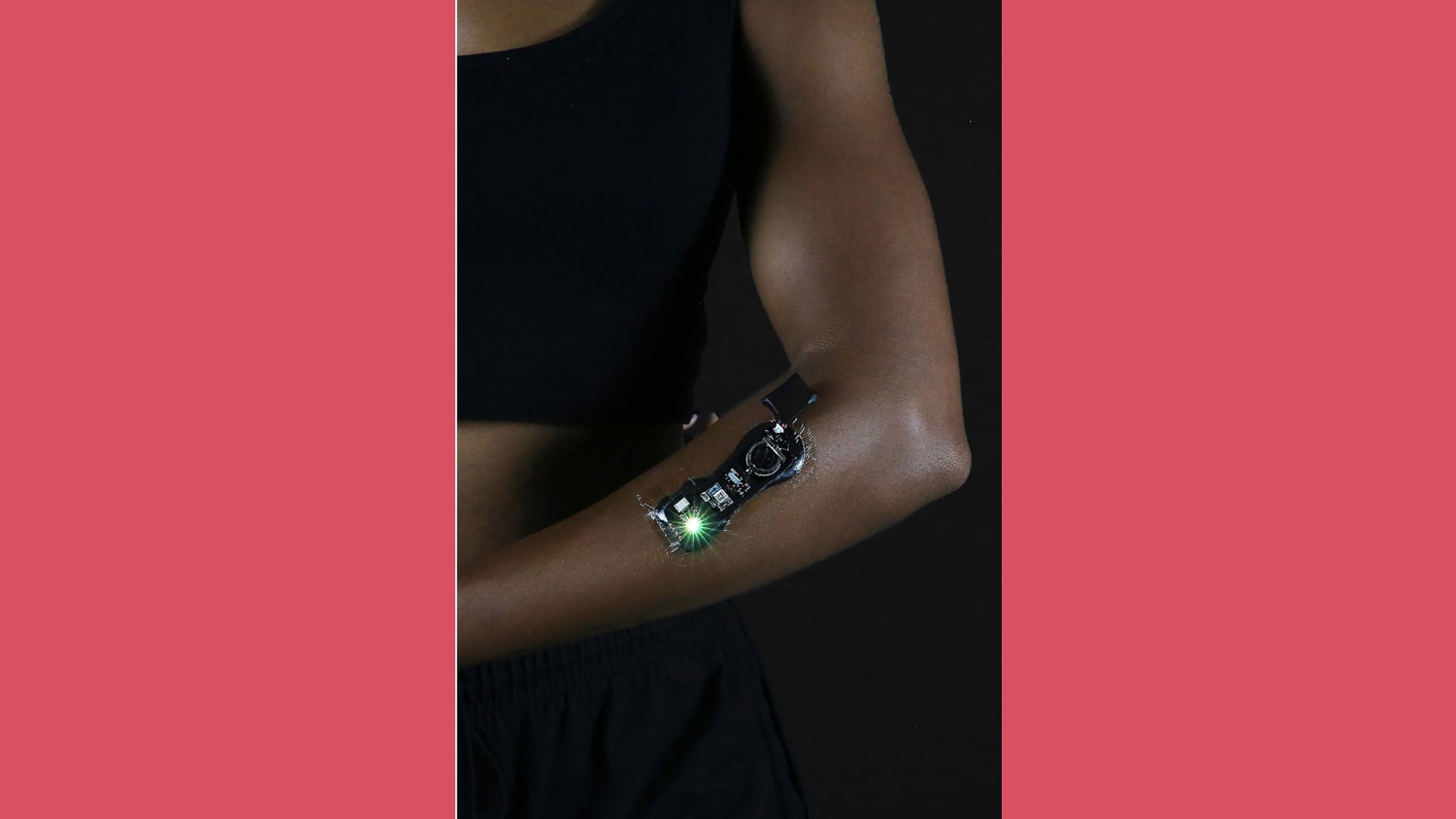Last year we tracked how tech brands have been leaning into a reassuringly handmade aesthetic, using soft fabrics and imperfect illustrations to communicate a more approachable and unthreatening persona. Now, brands are taking this humanization of tech one step further, imbuing technology with human-like capabilities and attributes, blurring the categories of ‘human’ and ‘technological.’
By 2020, on average, people will have seven connected devices, according to Statista. Technology is embedded into almost every part of our lives, from waking us up in the morning to turning out our lights at night. Much of this technology is imperceptible but this could be about to change. While we’ve already seen the advent of technology that looks and sounds more human, now, researchers are looking to our epidermis to make technology actually feel more human.








